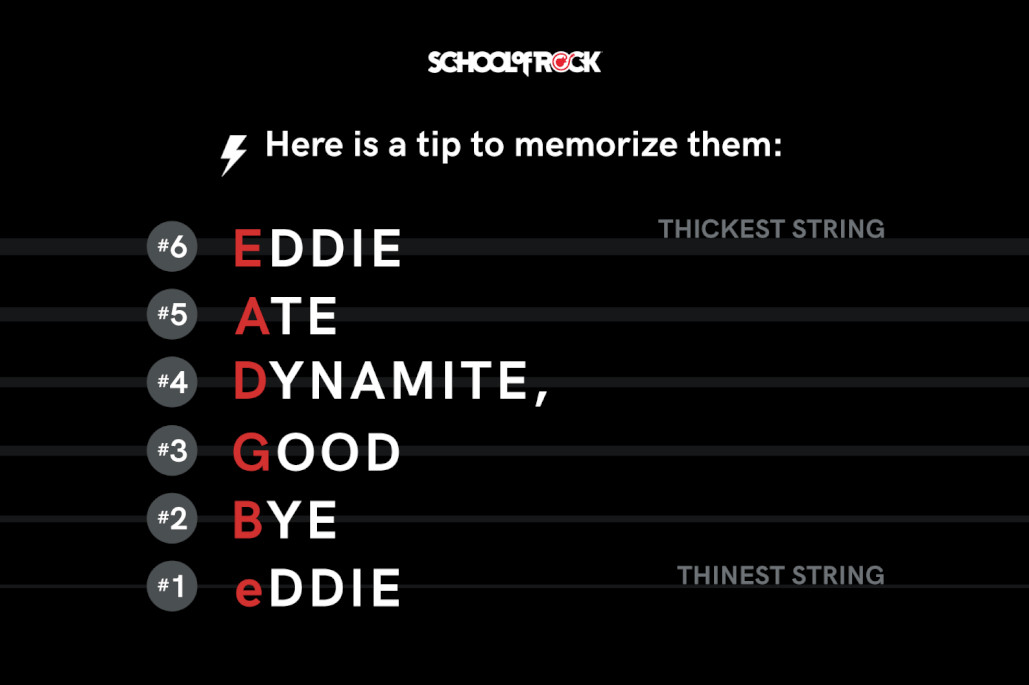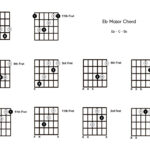Learning how to achieve accurate Guitar String Tuning is a fundamental skill that every beginner guitarist needs to master right from the start. An out-of-tune guitar simply won’t produce the satisfying sounds you’re aiming for, no matter how well you try to play. This comprehensive guide will walk you through the process of effectively tuning your guitar, whether you prefer using a tuner or tuning by ear. We’ll cover identifying guitar string notes and provide essential tips to help your guitar stay in tune for longer, ensuring your practice sessions are both enjoyable and rewarding. Consistent practice is key to musical progress, and playing in tune makes that journey significantly more fulfilling.
Understanding Guitar Tuning Basics
Let’s delve into the fundamental aspects of guitar tuning. The process of tuning a guitar revolves around the tuning pegs located on the headstock. These pegs are the control mechanism for adjusting the pitch of each string. When you turn a tuning peg, you’re either tightening or loosening the corresponding string. Tightening a guitar string increases its tension, resulting in a higher pitch, while loosening a string reduces tension and lowers the pitch.
How Often Should You Tune Your Guitar?
A crucial habit for any guitarist to develop is to tune your guitar every single time before you play. It’s unrealistic to expect a guitar to maintain perfect tuning between playing sessions. Furthermore, the act of playing itself, especially techniques like string bending or extended playing periods, can cause a guitar to drift out of tune. Therefore, it’s wise to periodically check your guitar tuning while you are practicing or performing. If you notice a chord sounding off-key, even when you’re certain your finger placement is correct, it’s a clear sign that your guitar has gone out of tune and needs adjustment.
 Guitar headstock with tuning pegs
Guitar headstock with tuning pegs
Methods for Guitar String Tuning
Modern technology has made guitar tuning more accessible than ever, thanks to electronic tuners. However, tuning by ear using a reference note (from another instrument, a tuning fork, or a pitch pipe) remains a valuable skill.
Tuning with an Electronic Tuner
Clip-on electronic tuners have revolutionized the world of guitar string tuning. Unlike older electronic tuners that required plugging in your guitar, these devices conveniently clip onto the guitar’s headstock and detect string vibrations. They offer a clear indication of whether a string is “flat” (too low in pitch), “sharp” (too high in pitch), or perfectly in tune. These tuners are suitable for both acoustic and electric guitars. Affordable, accurate, and user-friendly, clip-on tuners are an excellent tool, particularly for beginners. Many modern beginner guitar amplifiers also come equipped with built-in tuners, offering another convenient option.
Tuning Your Guitar Without a Tuner (By Ear)
If you’re wondering about guitar tuning without a dedicated tuner, you’re in good company. Many guitarists, whether due to circumstance or preference, find themselves needing to tune by ear.
Fortunately, a plethora of tuner applications are readily available for smartphones and mobile devices, many of which are even free of charge. These apps utilize the device’s built-in microphone to listen to the pitch of your guitar strings, providing an accessible way to tune your instrument. As you adjust the tuning pegs and alter the string’s pitch, the app’s display will indicate when you’ve reached the correct tuning.
Alternatively, you can tune your guitar using a reference pitch from another instrument, such as a piano or another guitar that you know is accurately tuned.
This method requires a more developed ear, as you must tune one of your guitar strings to match the reference pitch “by ear.” This involves listening intently to the reference note, playing the corresponding note on your guitar, and carefully comparing the two pitches. Make adjustments to your guitar string until it perfectly matches the reference pitch. Once you have one string correctly tuned, you can then tune the remaining guitar string notes by playing a fretted note on a lower-pitched string and tuning the next open string to match that fretted note.
Guitar String Notes: Mastering EADGBE
A standard guitar is equipped with 6 strings. When listed from the lowest pitch to the highest, the standard guitar string notes are E, A, D, G, B, and E.
 Guitar string notes diagram
Guitar string notes diagram
To aid in memorizing these guitar string names, several mnemonic phrases are commonly used. Popular examples include: “Eddie Ate Dynamite, Good Bye Eddie” or “Eat A Dead Goose Before Eating”. Remember that the 1st string is the thinnest string and the highest in pitch (high E), while the 6th string is the thickest and lowest in pitch (low E).
 Mnemonic for guitar string notes
Mnemonic for guitar string notes
Beyond standard tuning, exploring alternate guitar tunings can open up new sonic possibilities and are well worth investigating as you progress in your guitar journey.
Step-by-Step Guide to Tuning Each Guitar String
Tuning the 6th String (Low E)
If you have a reference pitch available, begin by tuning your low E string (the thickest string) to that reference. If you don’t have a reference pitch, you can play the 7th fret on the A string; this fretted note produces an E.
Tips for Tuning Your Low E – 6th string
Tune the low E string until its pitch matches your reference E note. Adjust the tuning peg to raise or lower the pitch until they are in perfect unison.
Tips for Tuning Your A – 5th string
Next, to tune your A string, play a guitar note at the 5th fret of the already tuned E string. Adjust the tuning peg of the A string until its open pitch matches the pitch of the 5th fret of the E string.
Tips for Tuning Your D – 4th string
To tune your D string, play the 5th fret on the A string. Tune the open D string until its pitch matches the note at the 5th fret of the A string.
Tips for Tuning Your G – 3rd string
Tune your G string by playing the 5th fret of the D string. Adjust the tuning peg of the G string until it matches the pitch of the fretted note.
Tips for Tuning Your B – 2nd string
The tuning of the B string is slightly different. Tune your B string by playing a guitar note at the 4th fret of the G string. Adjust the B string’s tuning peg until its open pitch matches the fretted note on the G string.
Tips for Tuning Your High E – 1st string
Finally, tune your high E string by playing the 5th fret of the B string. Adjust the tuning peg of the high E string until its open pitch aligns with the pitch of the fretted note on the B string.
Once you’ve become comfortable with tuning each guitar string name, you’ll be well-prepared to move on to learning how to read guitar tabs and start playing your favorite songs!

Guitar Summer Camps
Throughout the summer, School of Rock music camps offer immersive programs that teach students not only how to tune a guitar but also how to play their favorite guitar songs as part of a band. With workshops covering diverse topics from songwriting to developing stage presence, these summer guitar camps cater to students of all skill levels.
View Summer Camps
Tips for Maintaining Guitar String Tuning
After you’ve completed the process of guitar string tuning, several preventative measures can help keep your guitar in tune for a longer duration.
- Replace your strings regularly. When your guitar strings begin to sound dull or consistently struggle to hold their tuning, it’s time to replace them with a fresh set of new strings.
- Stretch your guitar strings after restringing. Whenever you put on new strings, remember to stretch them properly. You can do this through regular playing or by gently pulling upwards on the strings (exercise caution and avoid pulling too forcefully to prevent breakage).
- Maintain proper guitar care. Avoid exposing your guitar to significant fluctuations in temperature or humidity levels. After each playing session, wipe down the strings with a soft cloth and store your guitar in its case or gig bag.
Whether you prefer the accuracy of an electronic tuner or the traditional method of tuning by ear, following these straightforward steps will ensure your guitar is consistently in tune, stays in tune, and provides a much more enjoyable playing experience.
Considering purchasing a new guitar? Explore our comprehensive Guitar Buying Guide

